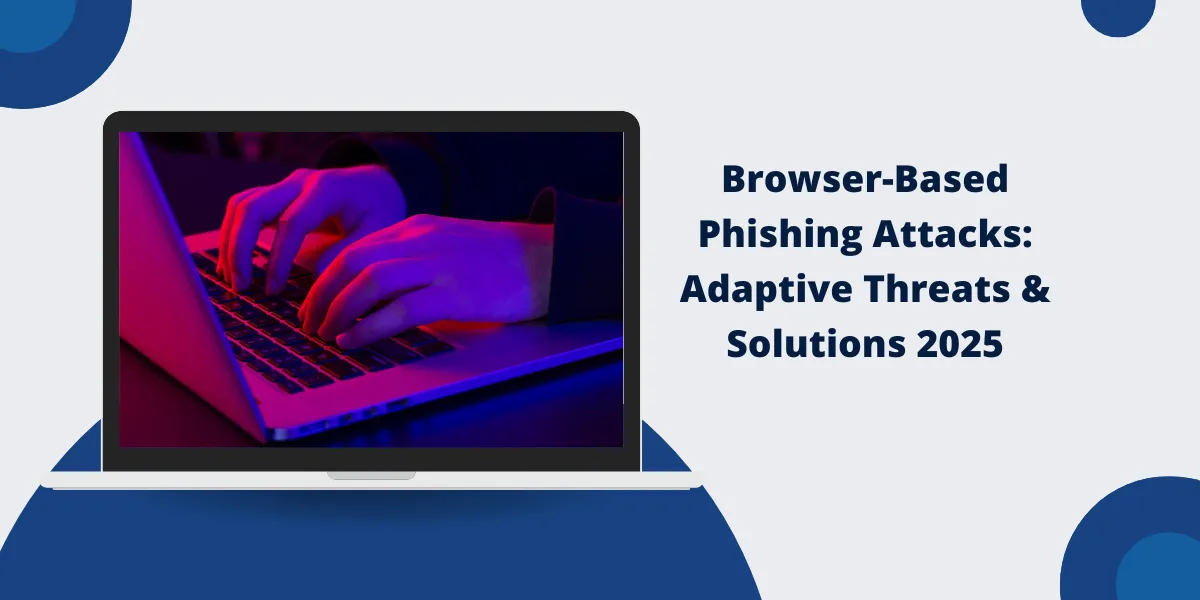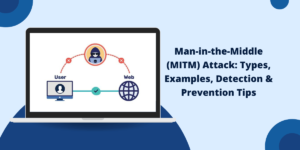In fact, recent reports show that browser-based phishing attacks increased by 202% in the second half of 2024 and HEAT attacks are the major part of it. This increased risk calls for more sophisticated measures such as Socks5 proxies, zero-trust architecture, remote browser isolation, and more.
In this blog, we are going to look at some solutions in 2025 to protect against browser-based phishing attacks and HEAT.
Using Socks5 Proxies To Strengthen Online Anonymity And Prevent Tracking
The thing about HEAT attacks that make them more dangerous is that unlike targeting the user directly, they track user information such as IP addresses, geolocation, and browser fingerprints to create targeted phishing attempts. One of the most effective tools to counter this is by using a Socks5 proxy which has distinct advantages. A Socks5 proxy is different from traditional proxies or VPNs in the sense that it offers more online anonymity and can better integrate with modern applications. It also masks the user’s IP address and prevents fingerprinting so that attackers cannot identify your location.
For example, a financial services company that handles sensitive information can use the help of Socks5 proxies to protect their user data and browse the internet safely if they are looking at international markets. This can help prevent any form of targeted tracking attacks, forced redirects, and unauthorized session monitoring.
It’s not just about simply relying on Socks5 proxies; use it as a part of your multi-layer defense approach by pairing it with other security tactics such as browser isolation, firewall, and more.
Remote Browser Isolation (RBI): Keeping Threats At A Distance
Since HEAT attacks mostly rely on browser vulnerabilities, it’s important to plan for risks even if the browser gets exploited. And the most effective way to prevent that is with Remote Browser Isolation (RBI). It is an advanced cybersecurity solution that separates users from web-based threats by running browser sessions on a separate remote server. This means instead of simply loading content directly onto a user’s device, RBI helps run it in a safe version of the user’s version. This eliminates any risk of malware, phishing, or other attacks.
There are reports that have shown how companies adopting RBI can reduce their browser-based attacks by 70%. In a real-world application, companies that handle sensitive data such as healthcare or finance can use RBI to prevent any malicious scripts from being executed on local devices. This ensures that even if an employee unknowingly clicks on a phishing link, the damage can be contained and protect the organization.
Zero Trust Security Models: Trust Nothing, Verify Everything
A Zero Trust Security Model works on the principle of “Never trust, always verify”. This ensures that no user or device is trusted by default and everything goes through a verification process whether inside or outside the network. This reduces the risk of lateral movement during an attack.
A study found that 62% of data breaches are due to compromised credentials; this makes zero-trust models even more important since even if the credentials get leaked from inside or outside, all of them have to go through the same verification process. And if data gets leaked or if a user tries accessing a database outside their scope, an alert goes out to every user within the network signaling any potential data breach. In fact, companies implementing zero trust models into their networks can reduce the cost of cyber attacks by 42%, especially in cloud environments.
Use AI Threat Detection
AI-driven threat detection is also making changes in the cybersecurity space by detecting threats in real-time with predictive analytics. The demand is also high; the global AI in the cybersecurity market is expected to reach $133.8 billion by 2030.
Unlike traditional systems, AI threat detection is much more efficient in the sense that it can analyze patterns and behaviors in real-time to detect any anomalies beforehand and prevent complicated attacks such as HEAT attacks. In fact, reports have shown how AI-based threat detection can reduce cyberattack response times by 90%.
With these examples, we can see how the rise of HEAT attacks calls for new security models. It’s all about being educated about the new security trends, knowing what to expect, and using these new tools to our advantage.

Priya Mervana
 Verified Web Security Experts
Verified Web Security Experts
Priya Mervana is working at SSLInsights.com as a web security expert with over 10 years of experience writing about encryption, SSL certificates, and online privacy. She aims to make complex security topics easily understandable for everyday internet users.



